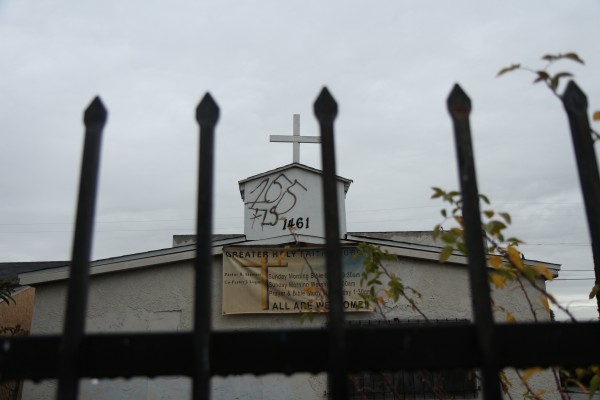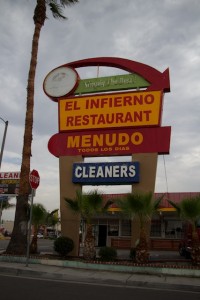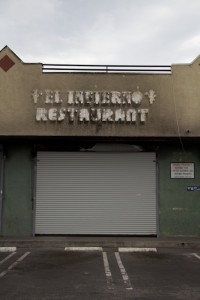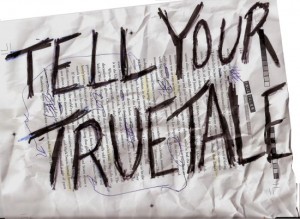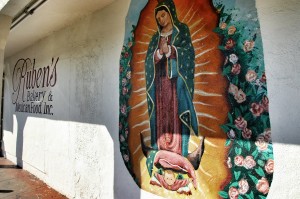I don’t go in for nostalgia much. The Rock N Roll Hall of Fame, for example, seems a sad place to end up because it means you and what you created are antiques, dead.
So last night, when I went to the resurrection of The Palomino nightclub (for one night only) in the San Fernando Valley, I was wary.
The Palomino, until its closing in 1995, was part of the roiling, ethnically based music scenes that spawned in Los Angeles in the decades before the Internet and changes in the music industry and club world made such conglomerations rare.
Music is created in a time and a place by people from both and eventually they all pass, and only the records remain, which I figure is good enough.
The excuse for last night was to hold a benefit for a new pop-art museum – Valley Relics. Really, though, it was a chance to remember.
But instead of wallowing in the past, a dozen or more singers showcased the beauty of the music created at The Palomino. True, there were a few too many speeches about how great things were back when. But what I’ll take with me is a raw and simple sweetness, intensity, and longing in the music that I don’t associate with oldies, nostalgia shows.
Three monster backup bands, including one led by guitarist James Intveld, who got his start at The Palomino, were worth paying to see by themselves; his band included the tremendous Marty Rifkin on pedal steel.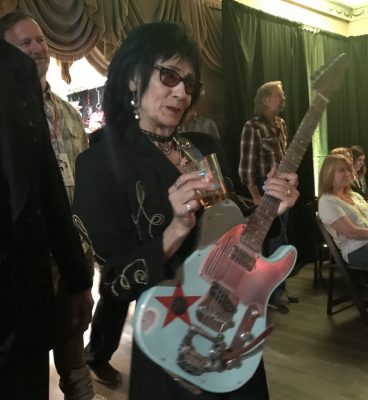
Last night, I was finally able to see Rosie Flores, who rocks as hard as anyone. Jim Lauderdale was impeccable and has a voice that, if anything, has improved with age. I first heard him on an anthology album called A Town South of Bakersfield that I found sometime in the early 1990s and was my introduction to L.A. country music.
Most unexpectedly, Gunnar Nelson, of the heartthrob band Nelson, and son of TV-teen-idol-turned-country-act Rick Nelson, showed up to play a Dylan song and two by his late father. He told the story behind his dad’s hit, “Garden Party,” which Rick Nelson wrote after playing a Madison Square Garden oldies show, only now he was playing hippie country music and the crowd hated it. He wrote the song and its chorus (“You can’t please everyone so you gotta please yourself.”) in response. Never knew that story. The song took on a power and poignancy I’d never associated with it until his son played it.
(I’ll admit to not knowing until today that Intveld’s brother, Rick, played in Rick Nelson’s Stone Canyon Band and both were killed when the band’s plane crashed in Texas in 1985.)
A slide show on a wall reminded us that the great days of The Palomino were the 1970s and into the 1980s. I don’t think that’s a coincidence. 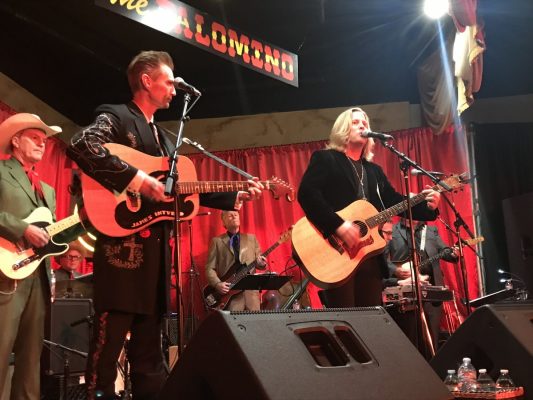 Those were great years for music scenes in L.A., and thus for the clubs where they found their legs.
Those were great years for music scenes in L.A., and thus for the clubs where they found their legs.
In the late 1970s, legions of white punks in Hollywood created their own scene, complete with clubs but also halls rented for DIY shows. That was followed in the mid-1980s by black kids from Compton creating beats in their garages on SP 1200 drum machines, birthing gangsta rap. Not long after that, the narcocorrido scene emerged in the newly forged Mexican-immigrant enclaves of South Gate, Bell, Huntington Park, Lynwood southeast of L.A., growing from the music of Chalino Sanchez, who was murdered in 1992.
All of these had in common a lot of young folks who were initially ignored by the recording industry and mainstream radio, and who thus learned to make their own records and promote them on their own, selling them in swap meets and outside shows.
Meanwhile, out on Lankersheim in the then-largely white San Fernando Valley, The Palomino attracted huge stars of country music – Johnny Cash, Willie Nelson, Waylon Jennings, George Jones, Emmylou Harris, Linda Ronstadt, Tom T. Hall, Marty Robbins, Kris Kristofferson. But the club was also a magnet for young musicians who came to LA from all over to play country music. Some of the best country music in America was created there.
The Palomino offered what all music scenes must have: A venue for young artists and bands to aspire to, a place to hone, to be heard and discovered. Dwight Yoakam was an opening act there. The club was also a hangout for young actors and stuntmen in the film industry.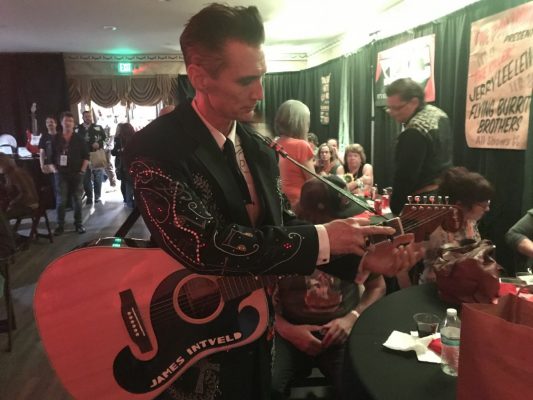
So last night was a good night. In the end maybe I was affected by some bit of nostalgia. The night made me yearn for the days when I was going to the Hong Kong Café and watching the Germs, the Plugz and the Go-Gos on the same small stage. (I think I once went to The Palomino – can’t remember any more – but I do know that back then a trip to the 818 was, for me, almost like a trip to another country, so it didn’t happen much.)
Today, from what I can see, the era of the L.A. music scene is largely dead. My take is that the Internet has made music so easy to create that the industry has fragmented into a million little pieces and no sufficiently large critical mass of fans, clubs, and media attention can form around a small group of artists doing daring new stuff.
Plus record stores, where like-minded fans and musicians often met, are all gone.
Everything’s so diffuse. Listen to KCRW and you rarely hear the same band twice – they just cascade by, their names quickly forgotten.
I’m sure someone will correct me on this. Maybe I’m not paying as much attention as I used to.
But going out to dive clubs where daring music is played doesn’t seem quite the thing to do that it once was. Without the clubs as centers of community where fans can see musicians and musicians can improve – like, in their day, the Hong Kong Café, El Parral, and The Palomino – it’s hard to imagine that kind of musical effervescence repeated.
New stuff will come along, but it seems unlikely it will be forged in the same kind of community that LA made possible for so long.




